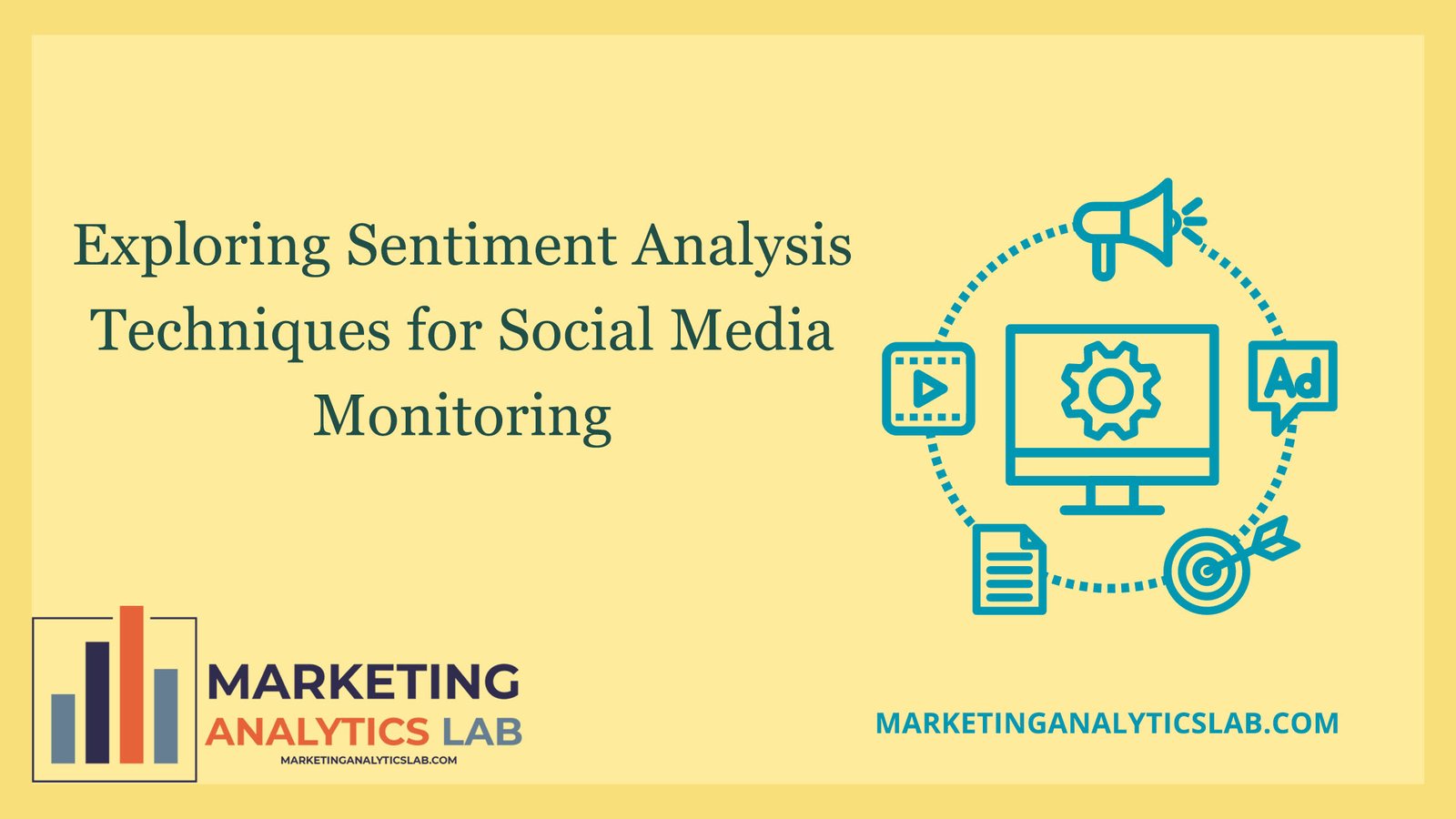Importance of Sentiment Analysis in Social Media Monitoring
In today’s digital age, social media platforms have become essential tools for individuals and businesses to connect, engage, and share information. With millions of users actively participating in online conversations, social media has become a treasure trove of valuable data. However, sifting through this vast sea of information can be overwhelming, especially when trying to gauge the sentiments and opinions of users. This is where sentiment analysis comes into play. Sentiment analysis, also known as opinion mining, is a powerful technique that allows businesses to extract, analyze, and interpret the emotions, attitudes, and opinions expressed in social media content. By utilizing sentiment analysis, organizations can gain valuable insights into customer preferences, brand perception, market trends, and even predict consumer behavior.
One of the primary reasons why sentiment analysis is crucial for social media monitoring is its ability to uncover actionable insights from unstructured data. Traditional methods of data analysis often struggle to process the vast amount of unstructured text found on social media platforms. Sentiment analysis techniques, on the other hand, can automatically categorize and analyze text data to identify sentiments such as positive, negative, or neutral. By understanding the sentiments expressed by users, businesses can tailor their marketing strategies, product offerings, and customer service interactions to better meet the needs and expectations of their target audience.
Furthermore, sentiment analysis plays a vital role in reputation management and crisis communication for businesses. In the age of viral content and instant sharing, a single negative comment or review on social media can quickly escalate into a full-blown crisis if not addressed promptly. By monitoring sentiments in real-time, businesses can proactively identify and address potential issues before they spiral out of control. Sentiment analysis can help businesses track customer satisfaction, identify areas for improvement, and respond to feedback in a timely and personalized manner. Overall, sentiment analysis is an indispensable tool for businesses looking to harness the power of social media for strategic decision-making and maintaining a positive brand image.
Common Techniques for Analyzing Sentiments on Social Media
There are several common techniques used for analyzing sentiments on social media, each with its own strengths and limitations. One of the most popular and widely-used methods is machine learning, specifically natural language processing (NLP) algorithms. Machine learning algorithms can be trained to recognize patterns in text data and classify sentiments based on labeled examples. By feeding the algorithm with a dataset of labeled sentiment data, businesses can build a sentiment analysis model that can automatically classify new social media content into positive, negative, or neutral categories.
Another common technique for analyzing sentiments on social media is lexicon-based sentiment analysis. Lexicon-based sentiment analysis involves using predefined sentiment dictionaries or lexicons to assign sentiment scores to words and phrases. By calculating the overall sentiment score of a piece of text based on the sentiment scores of individual words, businesses can gauge the overall sentiment expressed in social media content. While lexicon-based sentiment analysis is relatively straightforward and easy to implement, it may lack the contextual understanding and nuance of machine learning algorithms.
In addition to machine learning and lexicon-based techniques, rule-based sentiment analysis is another approach used for analyzing sentiments on social media. Rule-based sentiment analysis involves defining a set of rules or patterns that can identify sentiment indicators in text data. By creating a set of rules that capture common sentiment expressions and linguistic cues, businesses can manually classify sentiments in social media content. While rule-based sentiment analysis can be precise and tailored to specific domains, it may require significant manual effort to create and maintain the rules. Overall, the choice of sentiment analysis technique will depend on the specific goals, resources, and expertise of the business conducting social media monitoring.

